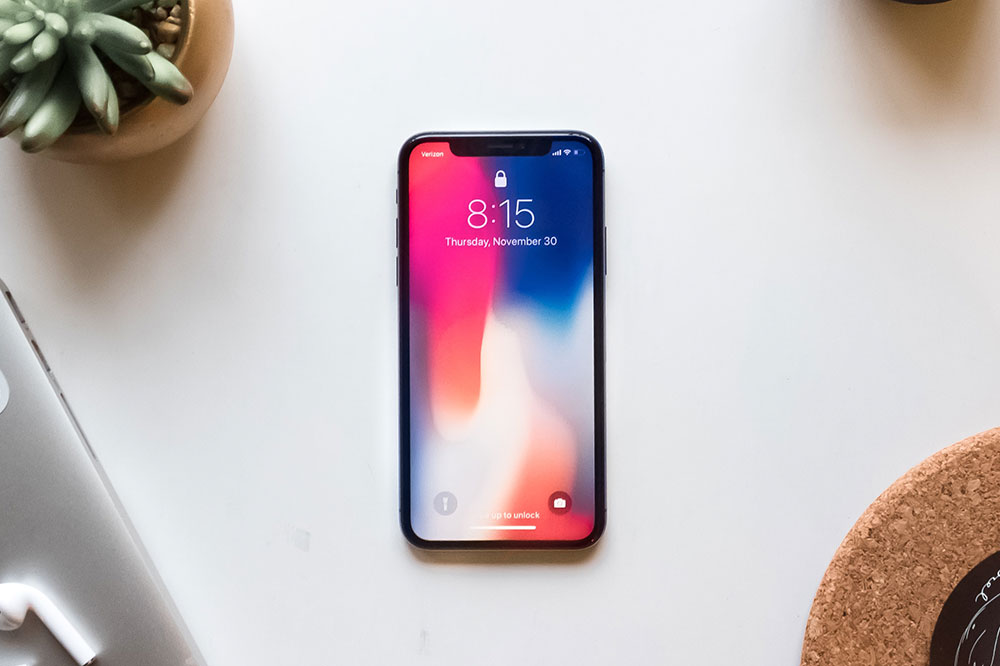Comprehensive Guide to the iPhone X Series: Innovations, Features, and Development
Discover the evolution of the iPhone X series, from its groundbreaking design and innovative features to its impact on the smartphone industry. This comprehensive guide covers all models, technological advancements, and legacy, offering insights into how Apple's flagship devices have shaped modern mobile technology.

Comprehensive Guide to the iPhone X Series: Innovations, Features, and Development
Since the introduction of the first iPhone in 2007, Apple has consistently pushed the boundaries of mobile technology, transforming smartphones into versatile devices that serve as communication tools, entertainment hubs, and personal assistants. The company's efforts culminated in 2017 with the launch of the iPhone X, a device designed to mark the landmark 10th anniversary of the iPhone. The iPhone X was a revolutionary upgrade that shifted the paradigm for modern smartphones and set a new standard for design, display, and functionality.
The Launch of the iPhone X
The iPhone X was unveiled by Apple as a response to evolving consumer expectations and technological advancements. Apple aimed to create a device that embodied sleek aesthetics, cutting-edge features, and innovative user interactions. As the first iPhone model without a physical home button, the iPhone X featured a stunning bezel-less 5.8-inch OLED display that stretched from edge to edge, providing an immersive visual experience. This display was a significant improvement over previous LCD screens, offering richer colors, deeper blacks, and higher contrast ratios.
Another groundbreaking feature was the introduction of Face ID, a facial recognition technology that replaced traditional fingerprint sensors. Using a sophisticated array of sensors and TrueDepth camera system, Face ID allowed users to unlock their devices and authenticate payments simply by looking at their phones. This advancement not only enhanced security but also improved ease of use.
Design-wise, the iPhone X sported a reinforced stainless-steel frame that gave it a premium feel and greater durability, along with glass on both front and back for a sleek, modern look. The device was also water and dust resistant, with an IP67 rating. Wireless charging capabilities added to its convenience, enabling users to charge their phones without cables. The base model was priced at approximately $999, positioning it as a high-end flagship device.
Upgraded Models and Variants
Following the success of the iPhone X, Apple expanded its flagship line in 2018 with three new models: the iPhone Xs, iPhone Xs Max, and iPhone XR. Each model built upon the foundation set by the original X, introducing new features and options tailored to different consumer needs and preferences.
The iPhone Xs maintained the core design aesthetics of the X but incorporated more powerful hardware. It featured the new A12 Bionic chip, which provided faster performance, improved energy efficiency, and enhanced AI capabilities. The Xs also boasted increased water resistance, now rated IP68, allowing it to withstand deeper and longer water exposure. Storage options were expanded up to 512GB, appealing to power users and those who require ample space for media and applications. Pricing was similar to the original X, starting at around $999.
The iPhone Xs Max offered a larger 6.5-inch Super Retina OLED display, which became a favorite among users who preferred bigger screens for gaming, multimedia consumption, and productivity. Its larger size was complemented by a battery that boasted longer life, providing users with more usage time between charges. The Max was priced at approximately $1,099, reflecting its premium status.
The most accessible of the trio was the iPhone XR, which aimed to offer a balance of features and affordability. It featured a 6.1-inch Liquid Retina LCD display, which, while not as advanced as the OLED panels, still provided vibrant colors and sharp images. The XR used a single-lens rear camera, but incorporated advanced computational photography techniques to enhance photo quality. It was available in a variety of vibrant colors, catering to a broad range of consumer tastes, and was priced starting at roughly $749, making it a more budget-friendly option without sacrificing key features like Face ID and water resistance.
Impact on Apple's Smartphone Lineup
The release of the iPhone X marked a pivotal moment in Apple's smartphone evolution, influencing subsequent models and setting a new industry standard. Its innovative design, with an all-screen front and the removal of the home button, pushed other manufacturers to follow suit in adopting bezel-less designs. The introduction of Face ID provided a new method of biometric authentication that has since become commonplace across the industry.
The subsequent models, the Xs and XR series, continued to refine these innovations while introducing new hardware and software enhancements. The Xs series catered to users seeking maximum performance, premium materials, and top-tier camera capabilities. Meanwhile, the XR focused on delivering solid performance and features at a more accessible price point, broadening Apple's market reach.
Furthermore, the iPhone X family played a significant role in the trend towards larger display sizes and more immersive viewing experiences. It also emphasized the importance of security features like facial recognition, which has become a standard feature in high-end smartphones today.
Conclusion: Legacy of the iPhone X Series
The iPhone X series stands as a milestone in the timeline of mobile technology. It symbolized Apple's commitment to design innovation, security, and user experience. By introducing features like an edge-to-edge OLED display, Face ID, and wireless charging, it redefined what consumers could expect from a smartphone. The subsequent models built upon this foundation, reaffirming Apple's position as a leader in smartphone technology.
Today, the legacy of the iPhone X and its successors can be seen in the continued emphasis on sleek, borderless designs, advanced biometric security, and powerful hardware. These innovations have influenced competitors and reshaped user expectations across the industry, making the iPhone X series a truly groundbreaking chapter in Apple's history.





